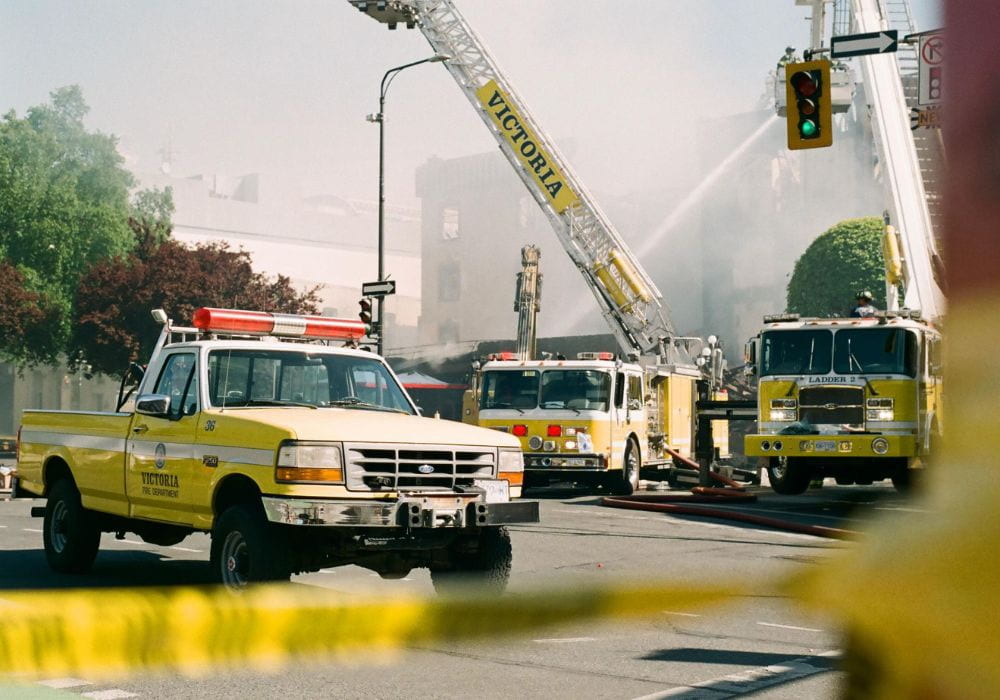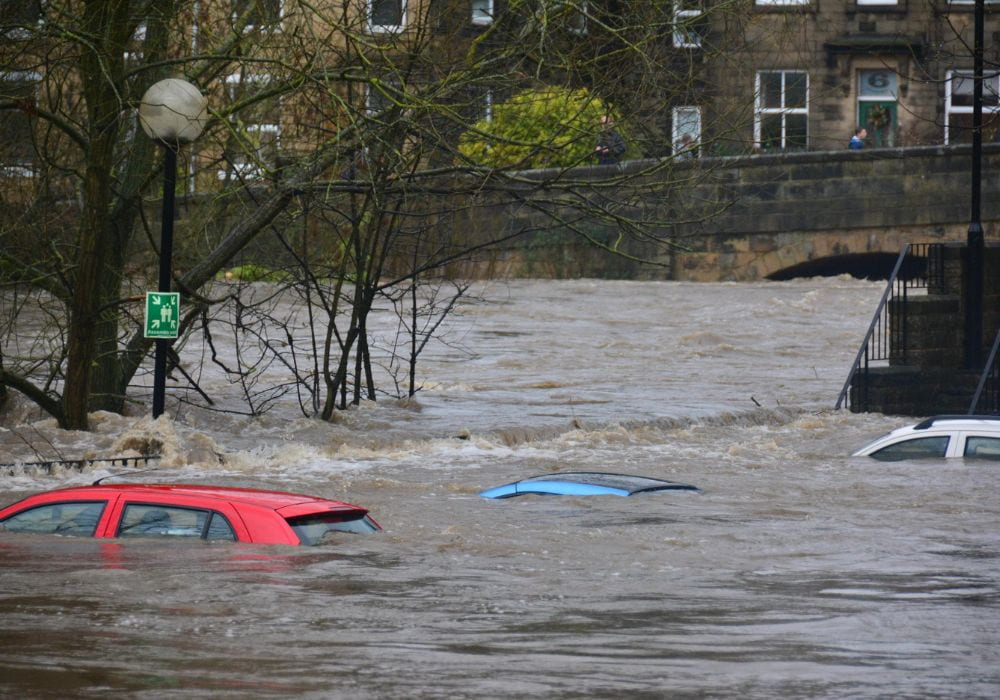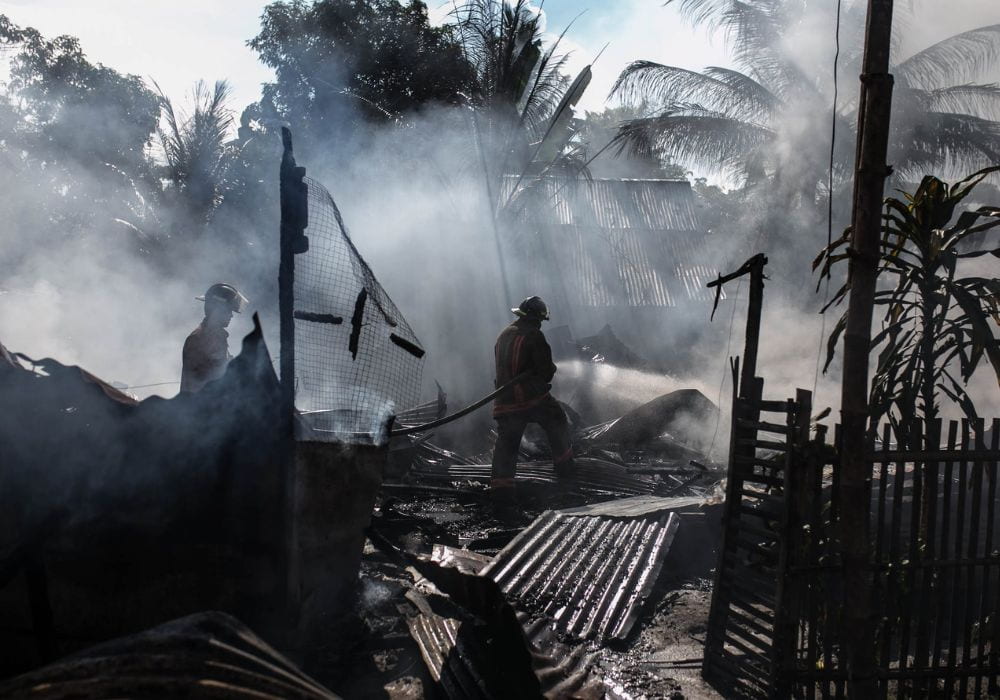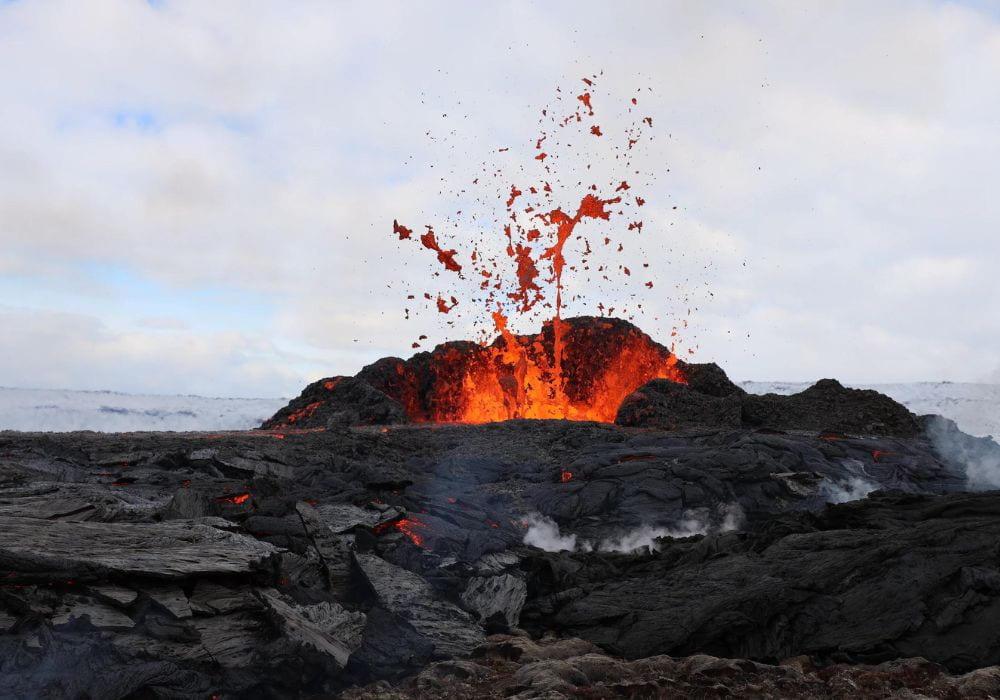
A strain of Salmonella was created and spread by the Rajneeshee cult to multiple Oregon locations in 1984. The cult had the intention to rig a local election in the their favor by causing this outbreak in a civilian population through food poisoning. In this case study, Nicole Brandao discusses how public health strategies such as surveillance, public awareness, and vigilance can help reduce the likelihood of a similar food poisoning incident repeating.
Continue reading “Nicole Brandao’s Salad Bar Salmonella Case Study”






